Home>Furniture & Design>Outdoor Furniture>How To Take Care Of Outdoor Ferns
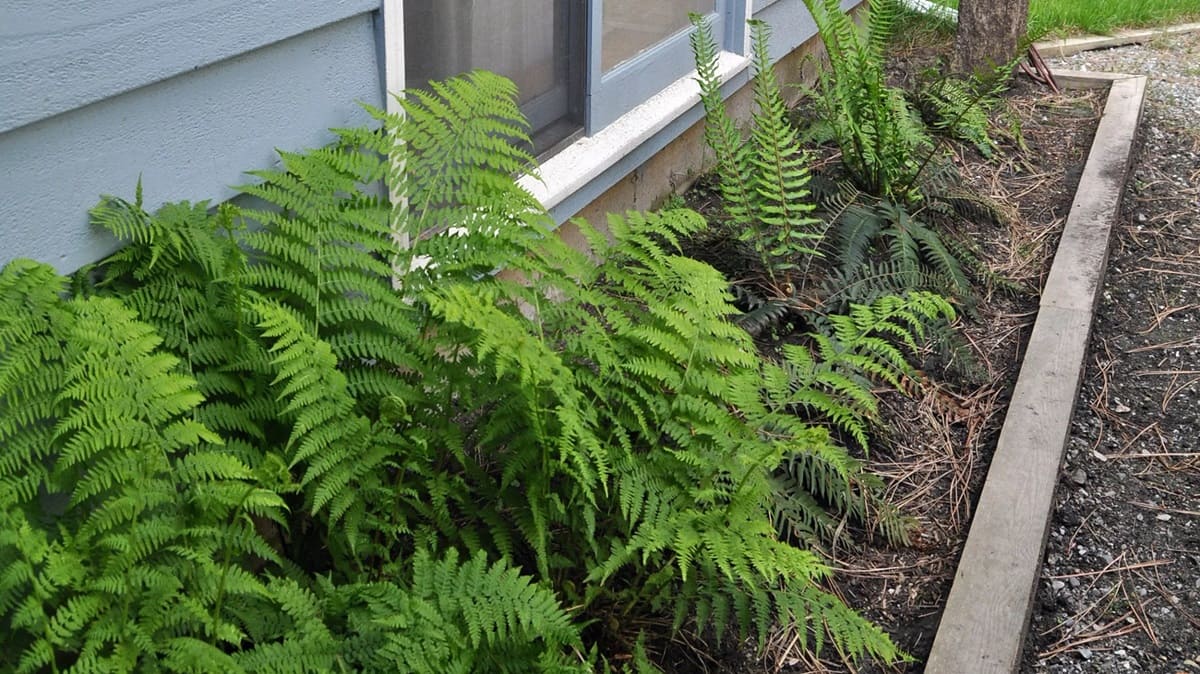

Outdoor Furniture
How To Take Care Of Outdoor Ferns
Modified: October 20, 2024
Discover expert tips for caring for outdoor ferns and keeping them healthy and vibrant. Learn how to maintain your outdoor furniture and design with our comprehensive guide.
(Many of the links in this article redirect to a specific reviewed product. Your purchase of these products through affiliate links helps to generate commission for Storables.com, at no extra cost. Learn more)
Introduction
Outdoor ferns can add a touch of lush greenery and natural elegance to any outdoor space, whether it's a garden, patio, or balcony. These graceful plants are prized for their delicate fronds and their ability to thrive in shaded, moist environments, making them a popular choice for outdoor furniture settings. However, caring for outdoor ferns requires a bit of know-how and attention to detail. In this comprehensive guide, we'll explore the essential steps to ensure that your outdoor ferns remain healthy, vibrant, and a stunning addition to your outdoor furniture and design.
Whether you're a seasoned gardener or a newcomer to the world of outdoor plants and furniture, understanding the specific needs of outdoor ferns is crucial for their long-term well-being. From choosing the right location to providing adequate water, nutrients, and protection from pests, each aspect of caring for outdoor ferns plays a vital role in their overall health and appearance. By delving into the intricacies of outdoor fern care, you'll be better equipped to create a captivating outdoor space that exudes natural beauty and tranquility. So, let's embark on this green journey and unlock the secrets of nurturing vibrant outdoor ferns amidst your outdoor furniture and design.
Key Takeaways:
- Embrace the natural beauty of outdoor ferns by choosing the right location with filtered sunlight and high humidity, and by providing consistent moisture and gentle care to create a captivating outdoor sanctuary.
- Nurturing outdoor ferns amidst your outdoor furniture and design requires attention to detail, proactive pest and disease management, and thoughtful winter care to ensure their enduring vitality and timeless allure.
Read more: How To Trim Outdoor Ferns
Choosing the Right Location
When it comes to cultivating thriving outdoor ferns, selecting the appropriate location is paramount. These verdant beauties thrive in areas with filtered or indirect sunlight, making them the perfect addition to shaded outdoor spaces. Whether you’re adorning your patio, balcony, or garden with outdoor furniture, positioning your ferns in a spot that receives dappled sunlight or partial shade is ideal. Direct sunlight can scorch the delicate fronds, leading to wilting and browning, so it’s crucial to shield them from harsh rays.
Furthermore, outdoor ferns revel in high humidity and moist soil, mimicking their natural habitat in the forest understory. Thus, positioning them near water features, such as fountains or ponds, can help elevate the humidity levels around the plants. Additionally, placing them away from strong winds and drafts will prevent their fronds from drying out and becoming damaged.
Consider the microclimates within your outdoor space to identify the most suitable location for your ferns. Areas with ample tree cover or near the north side of buildings often offer the consistent shade and humidity that ferns adore. By strategically situating your outdoor ferns in a location that meets their light and moisture requirements, you’re setting the stage for their flourishing presence amidst your outdoor furniture and design.
Watering and Humidity
Proper watering and humidity management are crucial factors in maintaining the health and vibrancy of outdoor ferns. These moisture-loving plants thrive in consistently damp soil, but it’s essential to strike a balance to prevent waterlogged conditions that can lead to root rot. When watering your outdoor ferns, aim to keep the soil consistently moist, but not saturated. This may require regular watering, especially during hot and dry periods, to ensure that the soil remains adequately moist.
One effective technique to maintain the necessary moisture levels is to mulch around the base of the ferns. Organic mulch, such as shredded bark or leaf litter, helps retain soil moisture while also providing essential nutrients as it decomposes. Additionally, mulch acts as a natural insulator, regulating soil temperature and minimizing moisture evaporation.
To elevate the humidity around your outdoor ferns, consider employing a few simple strategies. Misting the fronds with water can mimic the humid conditions of their natural habitat. Alternatively, placing a tray filled with water and pebbles beneath the pots or directly in the garden bed can create a localized humid microclimate. This is particularly beneficial during dry spells or in arid climates where natural humidity levels may be insufficient.
Observing the foliage of your ferns can provide valuable insights into their moisture needs. If the fronds appear wilted or are browning at the edges, it may indicate a lack of adequate moisture. On the other hand, yellowing fronds can signal overwatering or poor drainage. By paying close attention to these visual cues and adjusting your watering and humidity management accordingly, you can ensure that your outdoor ferns thrive amidst your outdoor furniture and design, exuding a vibrant and verdant allure.
Fertilizing
While outdoor ferns derive many essential nutrients from the rich organic matter present in their preferred shaded environments, supplementing their diet with the right fertilizer can bolster their growth and vitality. Opting for a balanced, water-soluble fertilizer with a formulation designed for ferns and other foliage plants is an excellent choice. This type of fertilizer typically contains a balanced ratio of essential macronutrients, such as nitrogen, phosphorus, and potassium, along with micronutrients like iron and magnesium, which are crucial for the overall health and vigor of outdoor ferns.
During the growing season, which generally spans from spring to early fall, consider feeding your outdoor ferns with a diluted, water-soluble fertilizer every two to four weeks. It’s important to follow the manufacturer’s instructions regarding the dilution ratio and application frequency to avoid over-fertilization, which can lead to salt buildup in the soil and cause root damage. Applying the fertilizer to damp soil can help prevent potential root burn and ensure that the nutrients are readily available to the ferns.
When applying the fertilizer, aim to target the soil around the base of the ferns, avoiding direct contact with the foliage. This helps prevent any potential damage to the delicate fronds and ensures that the nutrients are absorbed by the roots and distributed throughout the plant. Additionally, incorporating a layer of organic compost or well-rotted manure around the base of the ferns in early spring can provide a slow-release source of nutrients, further enriching the soil and sustaining the ferns’ growth and vitality.
By providing the appropriate fertilization regimen, you can support the lush, luxuriant growth of your outdoor ferns, enhancing their verdant allure amidst your outdoor furniture and design. With the right balance of nutrients and care, your ferns will flourish, adding a captivating touch of natural elegance to your outdoor space.
Water outdoor ferns regularly, keeping the soil consistently moist but not waterlogged. Provide them with indirect sunlight and protect them from strong winds. Apply a balanced liquid fertilizer every 2-4 weeks during the growing season to promote healthy growth.
Pruning and Maintenance
Pruning and regular maintenance are essential aspects of caring for outdoor ferns, contributing to their overall health, appearance, and longevity. While outdoor ferns are relatively low-maintenance plants, periodic pruning helps manage their size, shape, and overall vigor. It also allows you to remove any damaged or yellowing fronds, promoting the growth of new, healthy foliage.
When pruning your outdoor ferns, it’s important to use clean, sharp scissors or pruning shears to make precise cuts. Remove any discolored or withered fronds by snipping them at the base where they emerge from the crown of the plant. Additionally, thinning out densely packed fronds can improve air circulation and light penetration, reducing the risk of fungal diseases and ensuring that the entire plant receives adequate sunlight.
Regularly inspecting your outdoor ferns for signs of pests, diseases, or any other issues is an integral part of maintenance. Keep an eye out for common pests such as aphids, scale insects, and spider mites, which can occasionally affect ferns. If detected, promptly address any pest infestations using eco-friendly pest control methods to safeguard the health of your ferns and maintain a harmonious outdoor environment.
Moreover, periodically refreshing the top layer of the soil around your outdoor ferns can help maintain optimal growing conditions. Gently loosening the soil surface and removing any accumulated debris or dead leaves can prevent potential pest and disease issues while promoting healthy root development. This simple maintenance task also enhances the aesthetic appeal of the planting area, contributing to a well-groomed and inviting outdoor space.
By incorporating regular pruning and diligent maintenance into your outdoor fern care routine, you can ensure that these verdant beauties remain vibrant and visually striking amidst your outdoor furniture and design. With proper care and attention, your outdoor ferns will flourish, creating a captivating oasis of natural beauty within your outdoor space.
Read more: How To Winterize Outdoor Ferns
Dealing with Pests and Diseases
While outdoor ferns are generally resilient, they can occasionally fall prey to pests and diseases that can compromise their health and appearance. Being proactive in identifying and addressing these issues is crucial to maintaining the vitality of your ferns amidst your outdoor furniture and design. One common pest that may affect outdoor ferns is the aphid, which feeds on the plant’s sap and can lead to distorted growth and yellowing leaves. To combat aphids, a gentle spray of water or insecticidal soap can effectively dislodge and eliminate these pests without causing harm to the ferns.
Another potential threat to outdoor ferns is scale insects, which often appear as small, waxy bumps on the fronds. These pests can weaken the ferns by sapping their nutrients, leading to stunted growth and yellowing foliage. To address scale infestations, gently scrubbing the affected fronds with a soft brush and mild soapy water can help remove the pests. Additionally, introducing natural predators of scale insects, such as ladybugs or lacewings, can provide long-term pest control benefits in your outdoor space.
Spider mites, tiny arachnids that may infest outdoor ferns, can cause stippling and discoloration of the foliage. Regularly misting the fronds and ensuring adequate humidity levels can deter spider mite infestations, as these pests thrive in dry conditions. If an infestation occurs, a targeted application of horticultural oil or insecticidal soap can help mitigate the issue while minimizing the impact on beneficial insects and the overall outdoor environment.
In addition to pests, outdoor ferns may be susceptible to certain diseases, such as fungal infections that can manifest as leaf spots or powdery mildew. To prevent fungal diseases, it’s essential to avoid overhead watering, which can promote moisture accumulation on the foliage. Instead, direct watering at the base of the plants and ensure proper air circulation around the ferns to reduce humidity levels and minimize the risk of fungal infections.
By remaining vigilant and promptly addressing any pest or disease issues, you can safeguard the health and beauty of your outdoor ferns, ensuring that they remain a captivating and resilient feature in your outdoor furniture and design. Implementing proactive measures to combat pests and diseases will contribute to a thriving and visually appealing outdoor space, allowing your ferns to flourish in a harmonious environment.
Winter Care
As the seasons transition and temperatures begin to drop, it’s essential to provide appropriate care to ensure the well-being of outdoor ferns during the winter months. While outdoor ferns are generally hardy, certain measures can help protect them from the potential challenges posed by cold weather, ensuring their resilience amidst your outdoor furniture and design.
One crucial aspect of winter care for outdoor ferns is to shield them from harsh winds and freezing temperatures. If your region experiences particularly severe winters, consider relocating potted ferns to a sheltered area, such as a covered patio or a garage, to provide protection from extreme cold and wind exposure. For in-ground ferns, surrounding them with a layer of mulch can offer insulation and safeguard the roots from the fluctuating temperatures.
During the winter months, outdoor ferns may require less frequent watering, as their growth slows down and the soil tends to retain moisture for longer periods. However, it’s important to monitor the soil moisture levels and ensure that it doesn’t become excessively dry. Watering sparingly during periods of extended dryness can help prevent the roots from desiccating while avoiding waterlogged conditions that can lead to root rot in colder temperatures.
While outdoor ferns may experience some degree of dormancy during the winter, it’s essential to continue inspecting them for any signs of pests, diseases, or stress. Addressing any issues promptly can prevent them from escalating and ensure that your ferns emerge healthy and vigorous as the weather warms up. Additionally, removing any debris or fallen leaves from around the ferns can help maintain a clean and pest-free environment, reducing the risk of potential issues during the dormant season.
By providing attentive care and protection during the winter, you can nurture the resilience of your outdoor ferns, setting the stage for their renewed growth and vitality as the spring approaches. Implementing these winter care practices will contribute to the enduring beauty and allure of your outdoor ferns amidst your outdoor furniture and design, creating a captivating green sanctuary throughout the changing seasons.
Conclusion
Embarking on the journey of caring for outdoor ferns amidst your outdoor furniture and design unveils a world of natural beauty, tranquility, and timeless elegance. By understanding and tending to the specific needs of these verdant wonders, you can create an enchanting outdoor space that exudes lush greenery and captivating allure.
Choosing the right location for your outdoor ferns sets the stage for their flourishing presence, ensuring that they receive the ideal balance of filtered sunlight and ample humidity. Positioning them in shaded areas and near water features fosters an environment that mimics their native habitat, allowing them to thrive and enhance the aesthetic appeal of your outdoor space.
Watering and humidity management are vital components of outdoor fern care, requiring a delicate balance to maintain consistently moist soil without waterlogging. Incorporating mulch and employing strategies to elevate humidity levels can create an optimal environment for your ferns to flourish, showcasing their graceful fronds and vibrant greenery.
Fertilizing your outdoor ferns with a balanced, water-soluble fertilizer during the growing season can bolster their growth and vitality, enriching the soil and sustaining their lush foliage. Additionally, regular pruning and maintenance, coupled with proactive measures to combat pests and diseases, contribute to the enduring health and beauty of your ferns amidst your outdoor furniture and design.
As the seasons transition, providing attentive winter care safeguards the resilience of your outdoor ferns, protecting them from the challenges of cold weather and ensuring their vitality as they emerge with renewed vigor in the spring. By implementing these comprehensive care practices, you can cultivate a captivating oasis of natural elegance within your outdoor space, where outdoor ferns stand as timeless symbols of grace and serenity.
In essence, caring for outdoor ferns amidst your outdoor furniture and design is a harmonious blend of artistry and horticulture, where the delicate fronds and verdant allure of these plants weave seamlessly into the fabric of your outdoor sanctuary. As you nurture and celebrate the beauty of outdoor ferns, you create an enduring tapestry of natural splendor, transforming your outdoor space into a captivating haven of green enchantment and timeless allure.
Frequently Asked Questions about How To Take Care Of Outdoor Ferns
Was this page helpful?
At Storables.com, we guarantee accurate and reliable information. Our content, validated by Expert Board Contributors, is crafted following stringent Editorial Policies. We're committed to providing you with well-researched, expert-backed insights for all your informational needs.
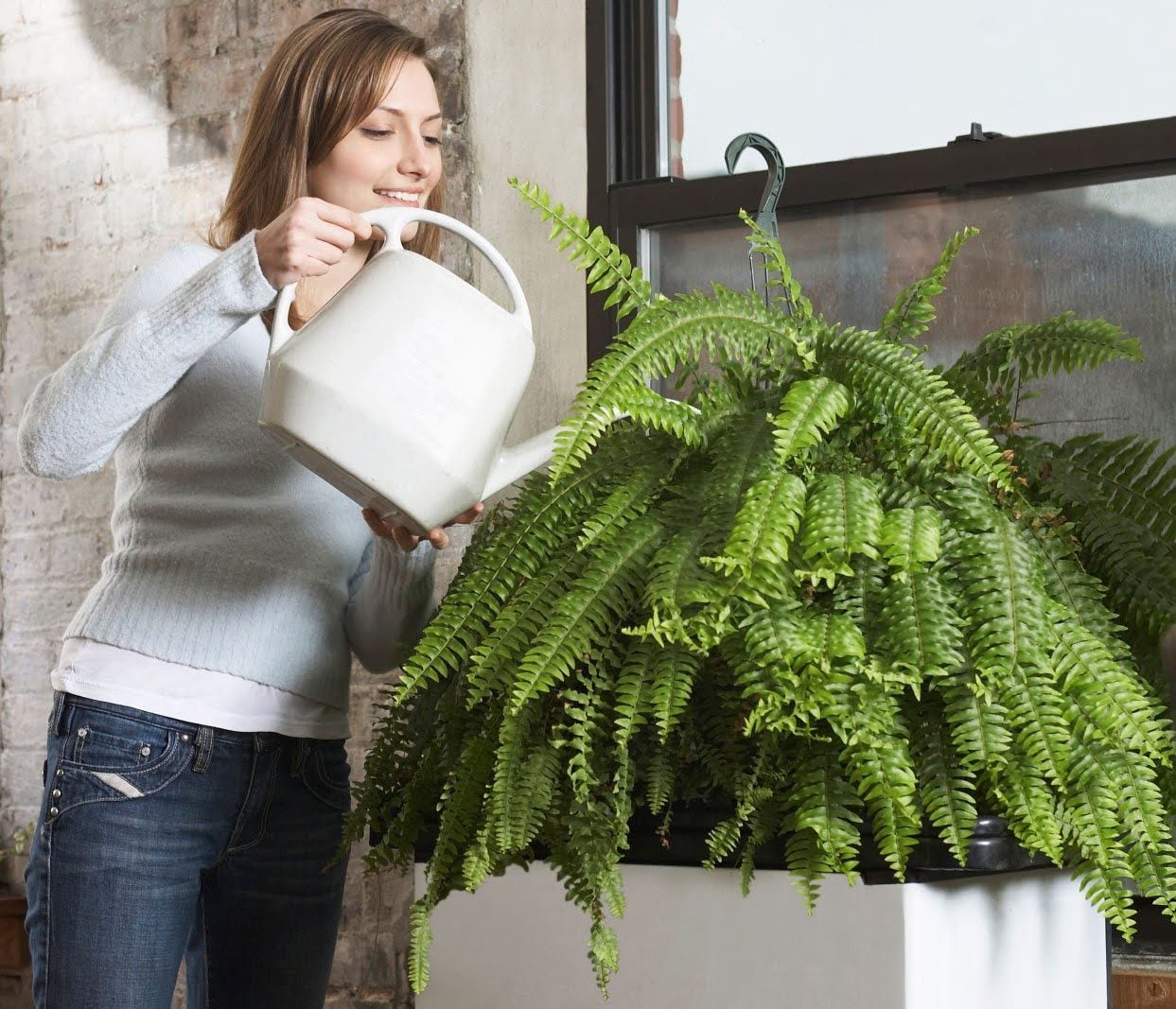


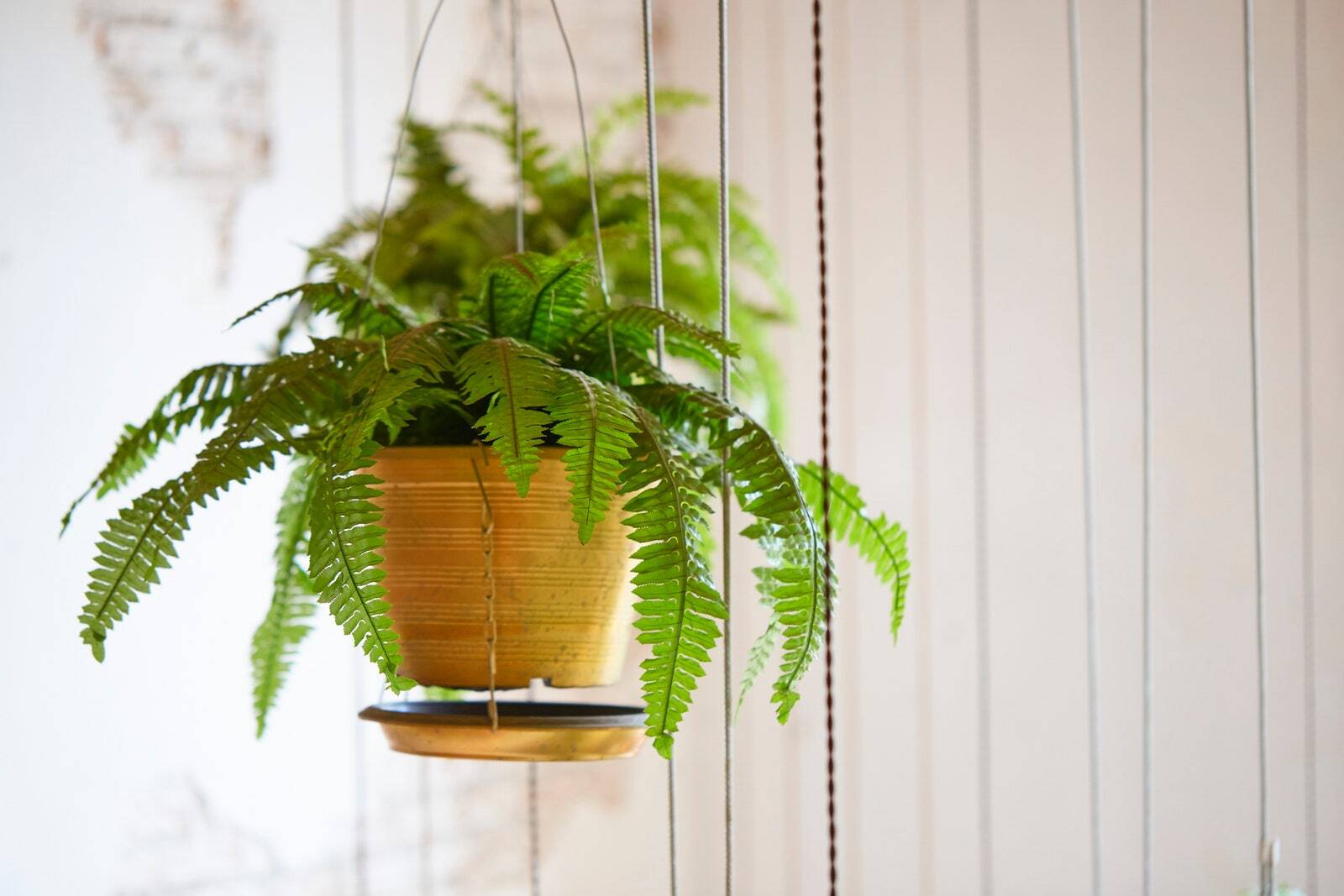
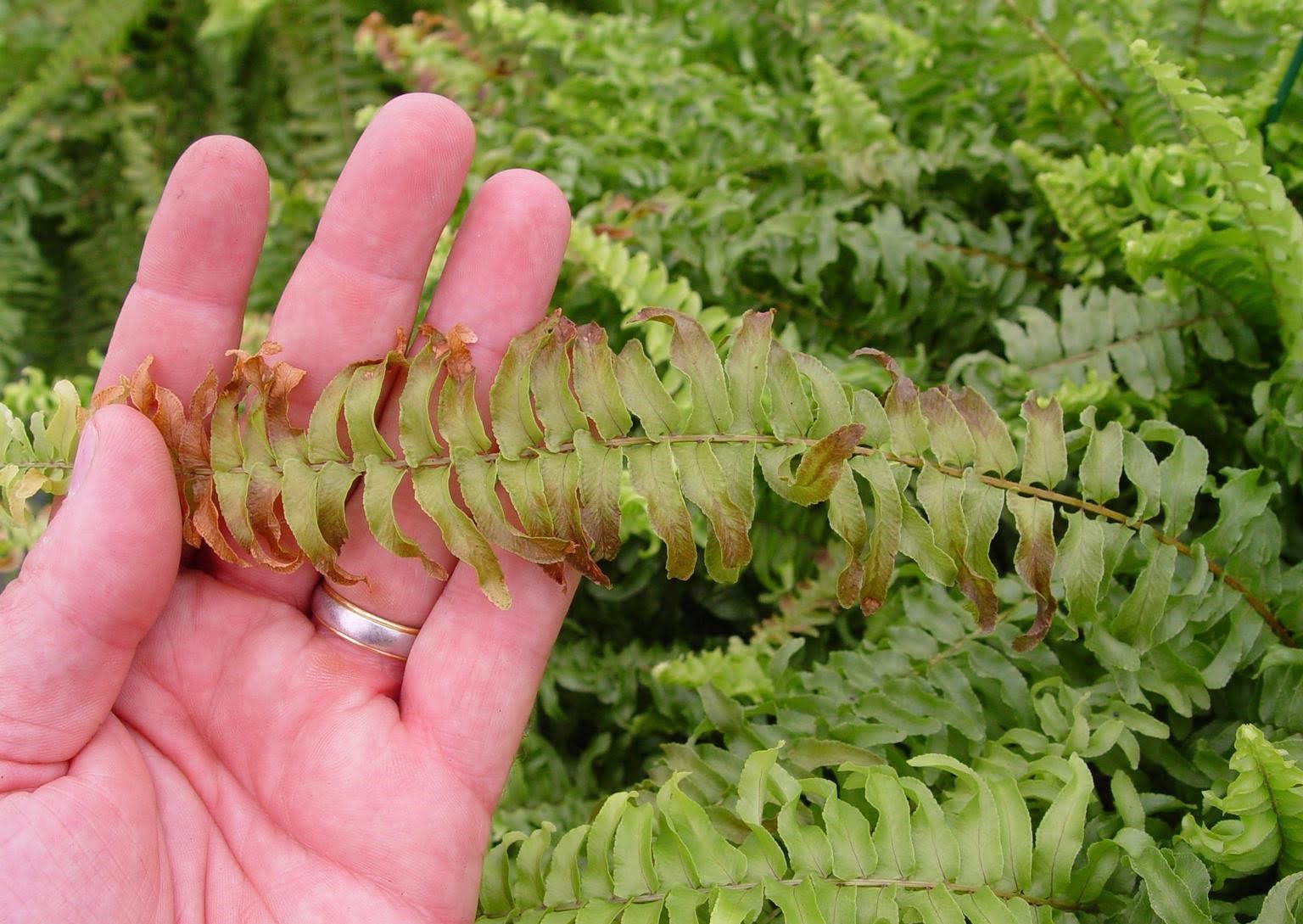

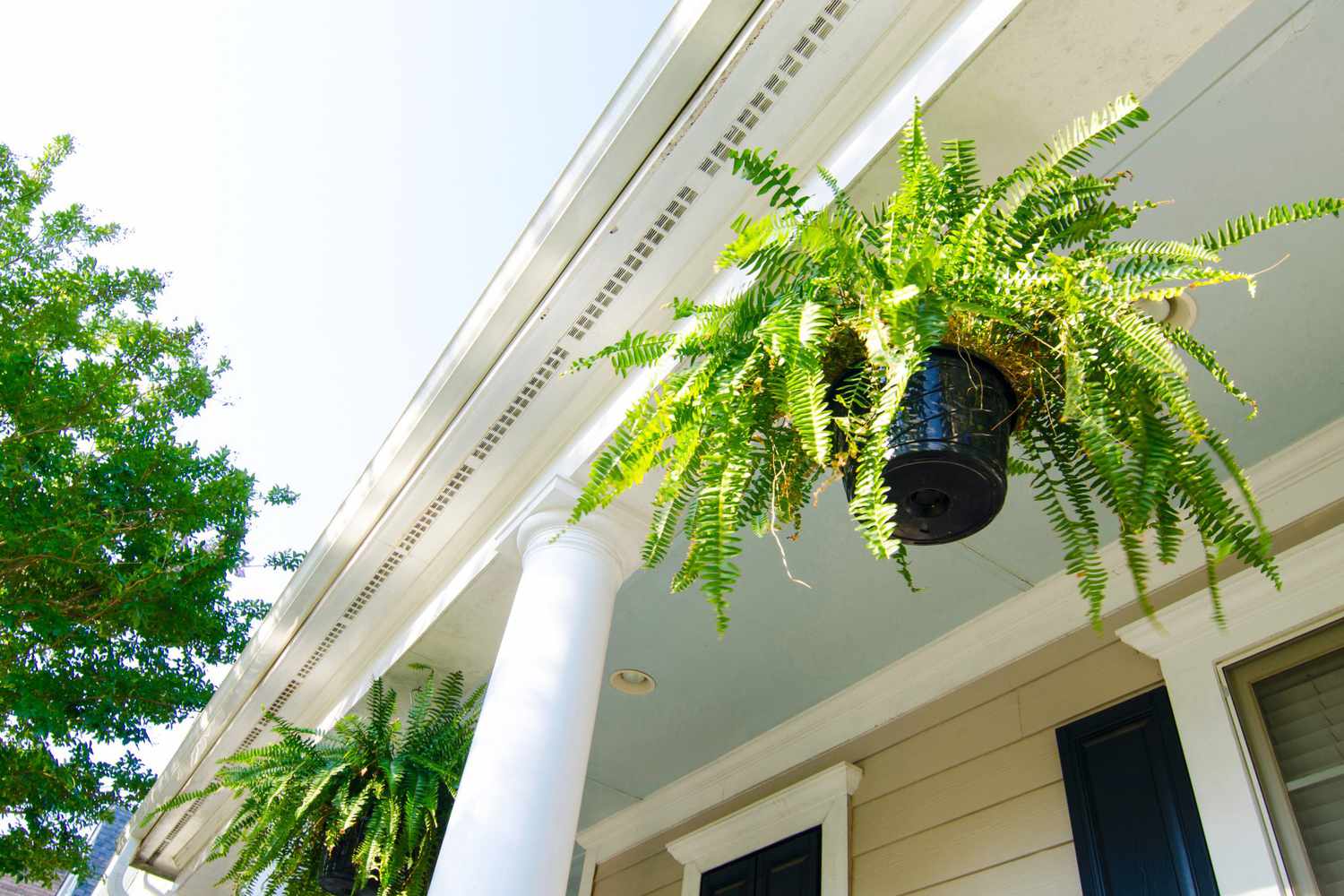


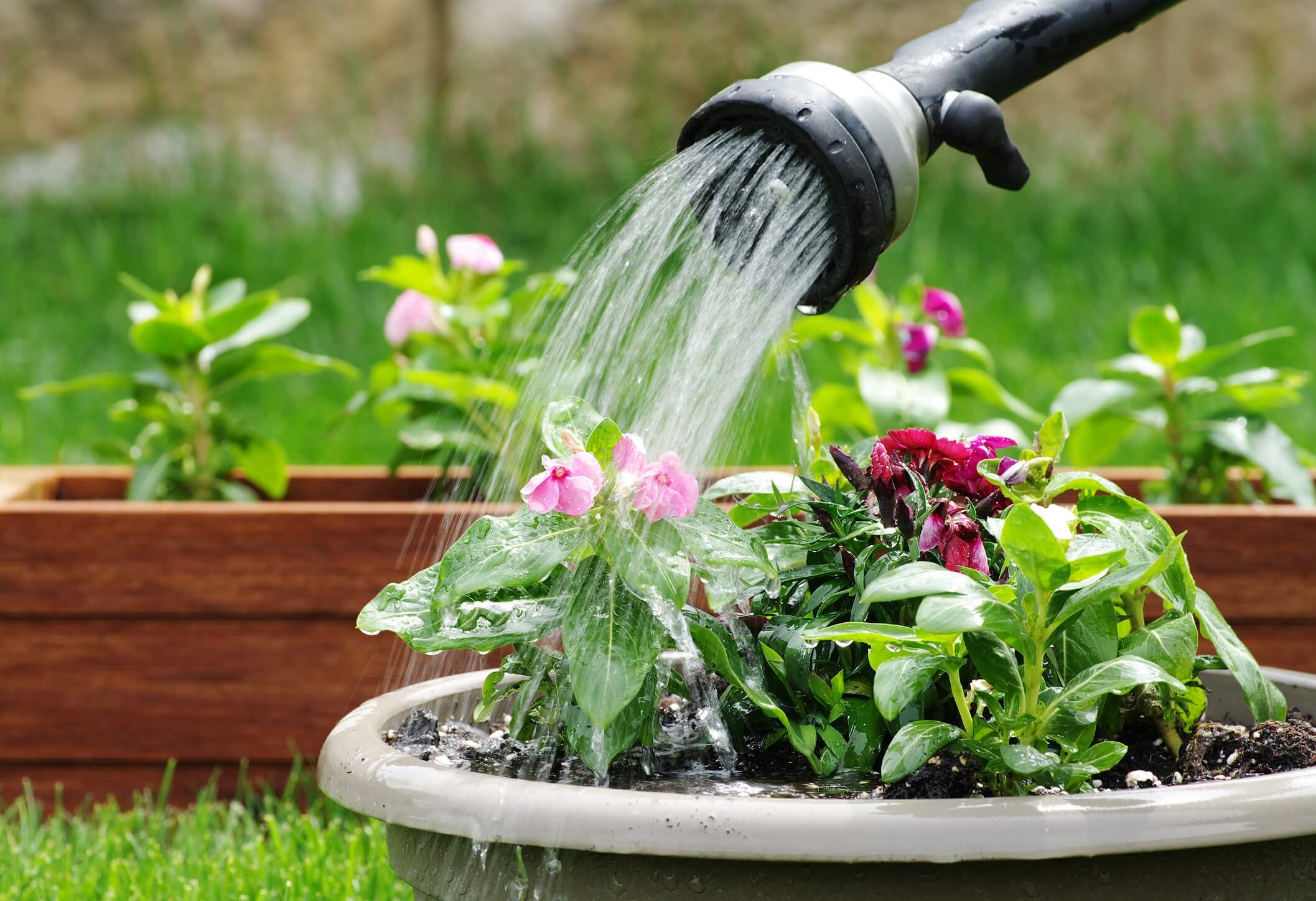

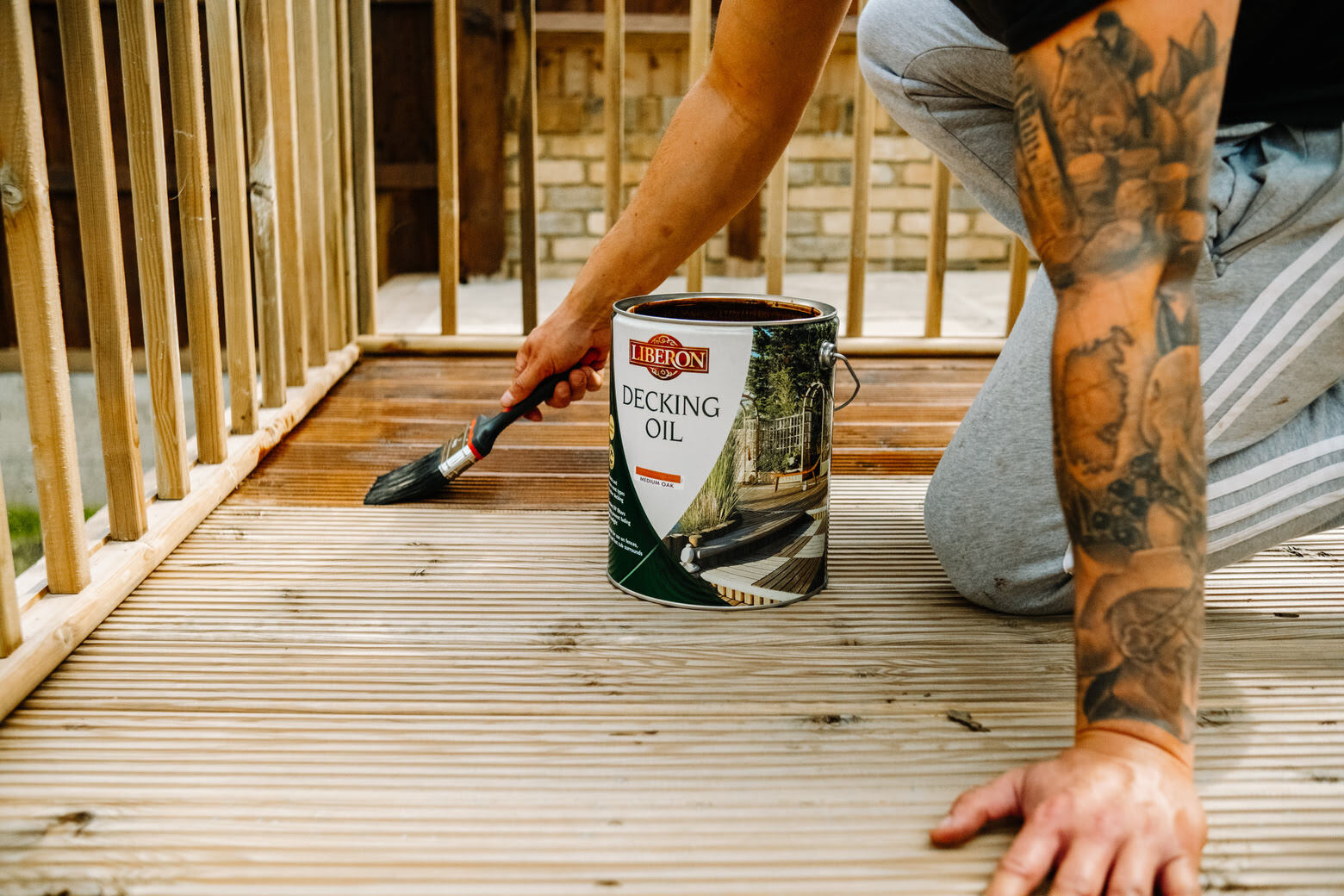



0 thoughts on “How To Take Care Of Outdoor Ferns”